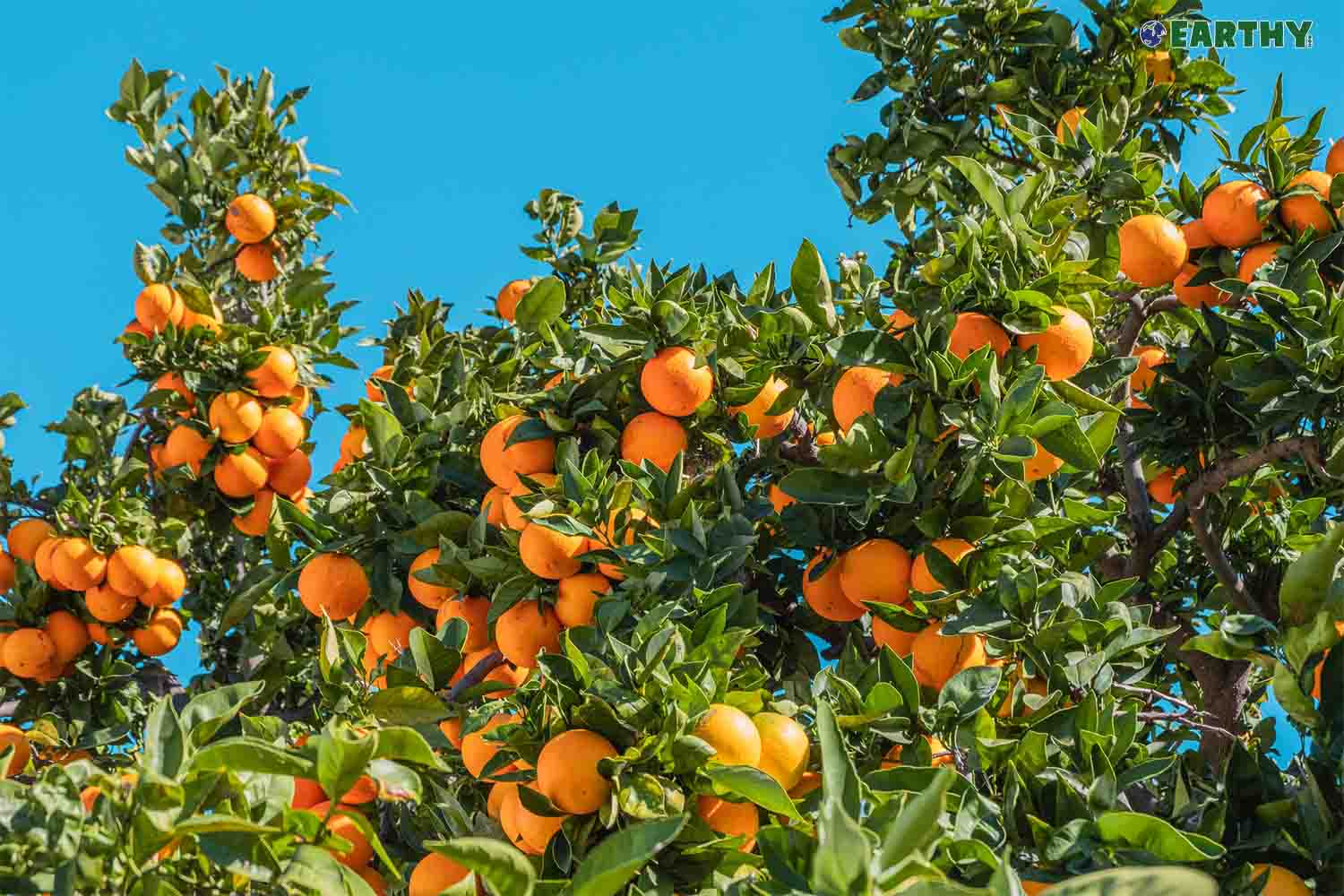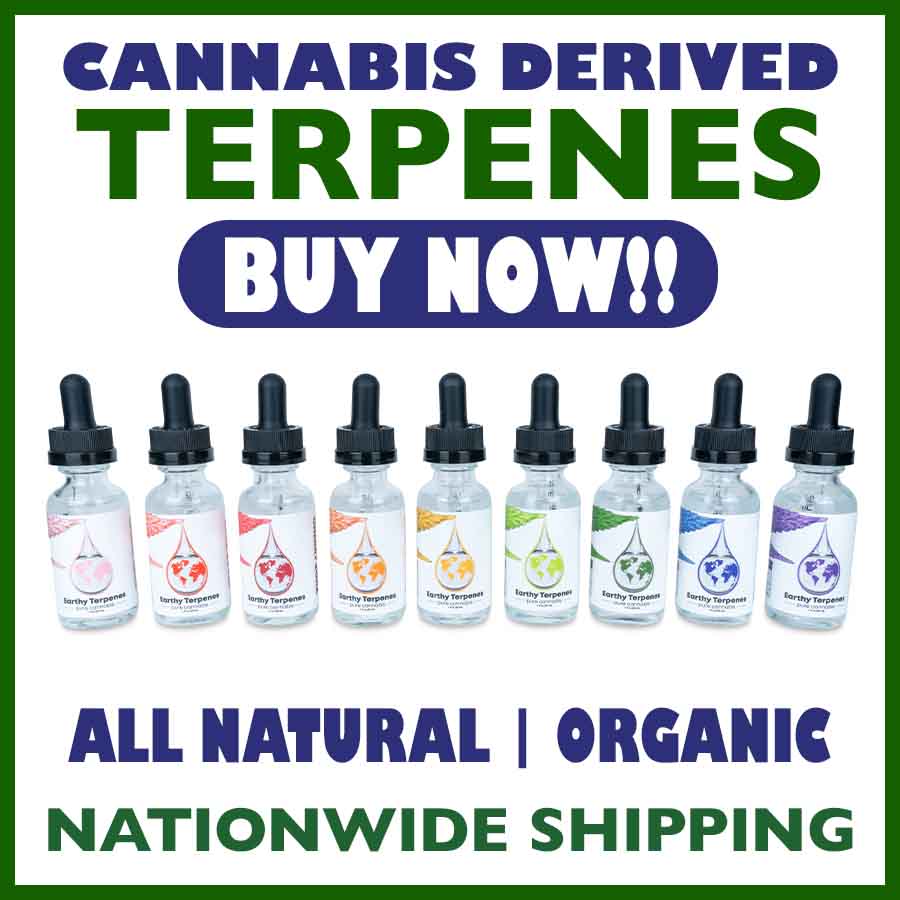Limonene, one of the most common terpenes in cannabis, is known for its zesty, lemony fragrance and energizing effect. A primary element of the essential oils of lemons, orange peels, and other citrus fruits, limonene is used in fragrances, cosmetics products, household cleaning products, chewing gum, and is even an active ingredient in some insecticides. It also happens to be one of the most abundant cannabis terpenes and is celebrated for its variety of potential useful benefits.
In this article, we’ll explain some important information regarding this aromatic terpene as well as explore some potential effects of limonene.
What are terpenes?
Terpenes are ubiquitous in nature. They not only determine how plants smell and taste, but they can also help plants survive. By giving off a particular repellent scent, for example, terpenes can protect plants from being eaten by insects or other animals [1]. That’s why certain terpenes such as limonene, myrcene, and borneol are sometimes added to insect repellant sprays for humans [2]. In contrast, terpenes may emit pleasing aromas to attract pollinators, like the limonene in the lemon flower.
Humans have found countless ways to employ terpenes in interesting ways, as ingredients in food and beverages, and as scenting agents for household products, perfumes, cosmetic products, medicinal ointments, and other natural products.
What is limonene?
A primary constituent in the essential oil of certain plants such as citrus oils, limonene is a colorless hydrocarbon classified as a cyclic monoterpene. It is a chemical also found in red pepper, chamomile, ginger, turmeric, St. John’s wort, valerian, hops, and of course, cannabis. Limonene may be used for oral administration in a variety of products and used as an ingredient in both synthetic and natural foods and beverages.
Scientifically speaking, there are several types of limonene categories. Limonene (or alpha-limonene) and D limonene are the main categories. The key difference between these is that alpha-limonene is a cyclic monoterpene, whereas D limonene is the D isomer of limonene. Within these categories, there are two other types, including R-limonene and S-limonene. Isomer R has the characteristic aroma of oranges, while the S counterpart smells more like lemons [3].
Limonene may offer benefits— a theory that has been explored in recent research [4]. There will certainly be more information about the benefits of limonene once science knows more.
Terpenes should not be used as a treatment without consulting a healthcare provider, as is the case with any naturally occurring monoterpenes [4]. Taking limonene in foods, beverages, and cannabis products is safe if you follow relevant directions and use the appropriate amount.
Where do you find limonene?
Limonene is a chemical found in plants such as mint, rosemary, anise, fennel, cannabis, and juniper. The best extraction sources tend to be the peels of oranges, limes, and lemons as these contain high concentrations of the terpene [5].
Products including limonene are plentiful in today’s marketplace. You can find limonene in a wide variety of foods and beverages, cosmetics, and cleaning agents. It “is one of the most commonly used fragrance materials in technical products and in fine fragrances [6].”
Look through your beauty and home supplies and you are likely to find limonene improving the fragrance and performance of many of your essential daily goods.
Foods with high limonene levels
Limonene is a compound found in many natural foods, and in processed foods as it is widely used to flavor various products.
Dietary limonene naturally occurs in citrus fruits and many other fruits, herbs, and vegetables, including pineapple, mint, and chamomile. Additionally, you might find it in ice cream, soft drinks, juices, baked goods, and extracts for baking and desserts.
A Toast to Cannabis: Terpenes and Beverages
Limonene in cannabis strains
Limonene is the second most prevalent of the terpenes in cannabis strains, yet not all strains necessarily contain it. Canna Cake, a sativa- dominant strain with a big, tangy, citrusy flavor, is high in limonene.
Hawaiian Haze is another popular strain high in limonene. This award-winning, sativa-dominant hybrid strain from Oregon CBD comes from crossing DC Haze “CC” and Early Resin Berry (ERB). The resulting unique and funky terpene profile incorporates limonene with its taste of the tropics .
Sour Lifter is a diploid, sativa-dominant hybrid strain high in limonene. This sweet, pungent strain hints of citrus and closes with a full sour diesel finish.
Cinex is a popular hybrid marijuana strain made by crossing Cinderella 99 with Vortex. Cinex has a mixture of flavors including a sweet citrus from the limonene.
Limonene terpene effects
It’s important to understand not only limonene’s benefits but also its potential adverse effects, as well as federal regulations relating to it. Notably, the FDA considers limonene Generally Recognized as Safe (GRAS) as a food, fragrance, or perfume additive, which indicates that limonene falls under the category of substances generally recognized to be safe [7]. Yet, if used in concentrations that are too high or blended with certain other compounds, limonene may cause allergy-related issues [6].
Entourage effect and limonene
Originally proposed in 1999, the entourage effect describes a mechanism by which cannabis compounds such as terpenes and flavonoids act synergistically with cannabinoids to modulate the overall effects of the plant [8], whether those may be mood-altering or not. It follows that terpenes would add to to the entourage effect because it is part of the overall composition of the plant material.
Recent research has shown that some terpenes have the potential to offset certain aspects of cannabinoids, allowing for more direct experiences. For example, limonene may influence the interactions among cannabinoids to create a unique cannabis experience.
A cultivar that is both high in THC and limonene, for instance, may boost mood-enhancing properties and energizing effects without bringing on other unwanted results, all due to the interactions between THC and limonene [9]. More research will determine how far this relationship goes.
Limonene for me
Whether you enjoy limonene in your foods, beverages, cosmetics, or cannabis strains, there are plenty of reasons to keep coming back for more. With its refreshing, citrusy smell and taste and its promise of other effects, limonene’s benefits have made it a coveted terpene in various cannabis strains as well as a favored ingredient of myriad other products. Buy terpenes now!
Clean as Cannabis: Terpenes and Cosmetics
Medical Disclaimer / Legal Disclaimer – Information is provided for educational purposes. It does not, and is not intended to, constitute legal advice or medical advice. We attempt to be accurate and up to date but the legality of cannabinoids and the science of cannabis is evolving. The author is neither a legal professional nor a medical expert. You should check with your local authorities and medical providers before buying or using any products.
References
- Wikipedia: Terpene
- Terpenes: Natural Products for Controlling Insects
- Chemistry of Limonene
- What is limonene and what does this cannabis terpene do?
- Book: Some Naturally Occurring Substances
- Limonene: A Frequent Skin Sensitizer in Europe
- Wikipedia: Entourage Effect
- Taming THC: Potential Benefits of Cannabinoids and Terpenes





